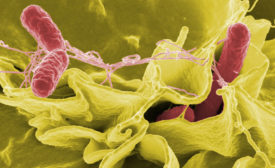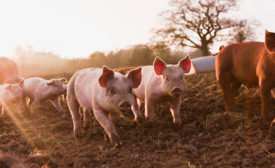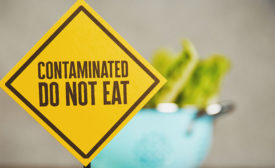Home » foodborne illnesses
Articles Tagged with ''foodborne illnesses''
Tech | Supplier's Perspective
Is cleaning, sanitizing enough to establish 'sanitary' conditions?
December 18, 2020
Never miss the latest news and trends driving the food safety industry
eNewsletter | Website | eMagazine
JOIN TODAY!Copyright ©2024. All Rights Reserved BNP Media.
Design, CMS, Hosting & Web Development :: ePublishing










